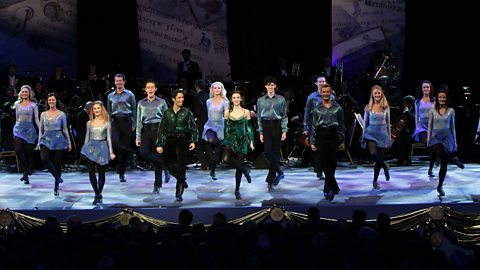Choreographing a dance routine
The dance choreographer manages all routines and this individual is in charge of creating the dance sequence. They will select the moves, timing and structure of the dancers to ensure a successful performance. Although a dance requires a minimum of one person, a successful routine may require the choreographer to think about whether the piece requires:
- partners
- groups
- an object or prop
- music

Once the choreographer has decided who will participate, they must then decide the different types of movements required to make up the dance:
- travelling - this can involve the stationary movement of body weight from one part of the body to another or the travelling movement of a person or group from one area to another
- making a shape - this can be a solid position held by the performer or a collection of body positions to make a larger shape
- being still - every dance requires movement, but this is often broken up with carefully selected actions that allow the performer to come to a stop and then go with aesthetic control
- jumping - it is very rare for a dance to be completed all on one level and jumping allows the performer to create flight and dynamic movement into the sequence
- turning - all dances require different types of turns, on different levels and sometimes around different axes
- gesturing - great dance choreography must tell a story to the viewer and gesture allows the performer to create body movements that are slow and heavy or fast and light
To create a successful sequence, the choreographer is required to decide how they want the body or bodies to travel:
- Time - how fast will the performers deliver each action. Does the whole dance need to be very fast or is it separated into fast and slow components?
- Weight - how much energy and force is required for an outstanding performance. Are the movements going to be strong and bold or are they soft and subtle?
- Flow - what continuity of movement does the performance require? At one extreme you have free flow and at the other end you have bound flow.